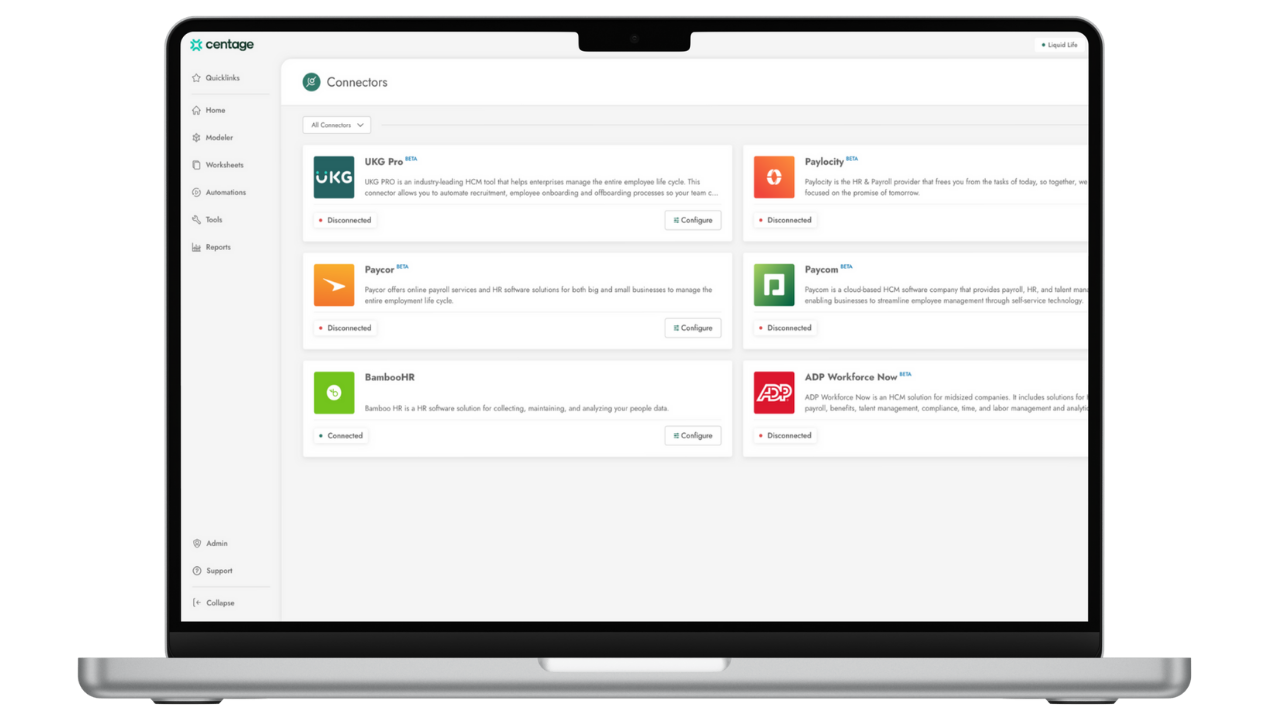Cloud Analytics: Building Your Financial Tech Stack in 2019

The modern Office of Finance has changed dramatically as finance teams have gained greater access to information and tools that help them be more efficient. The role of the finance team has moved from a transactional one to being at the center of strategy and decision making for the organization. In particular, analytics tools have made slicing and dicing data and combining it with an expansive set of information easier than it’s ever been in the history of business.For companies that haven’t achieved a strategic role within their organization, it may be due to a lack of tools. The good news is that cloud applications, and in particular cloud-based analytics, have made it easier and more cost-efficient than ever to have enterprise-grade tools at the fingertips of small and mid-sized companies. If you’re considering adding technology to your finance team’s toolkit, you may be wondering where to start. The key to compiling the right tech stack is to first understand what you want to accomplish with it.
Setting your Goals for Cloud Analytics
Understanding what you want to accomplish with your cloud analytics will guide you to narrow in on the technical stack that will work best for you.
Reporting: One of the most obvious uses of financial analytics is the development of reporting. Cloud-based applications give teams access to significantly more data and more processing power to crunch numbers than mid-sized organizations typically have access to. Many Software-as-a-Service (SaaS) applications have interfaces in place to pull data from existing business systems, making reporting richer and more complete without significant IT overhead.
Dashboards: Dashboards can help leaders and stakeholders quickly understand financial data, deep dive into information to get a complete picture and inform complex decisions. With cloud-based analytics tools, not only does the office of finance have access to the right tools to create dashboards, but executives, managers and decision-makers can have access to the information wherever they are – at their desks, in the airport, at home or in a regional or satellite office.
Tools for Financial Cloud-based Analytics
For the financial team to be more strategic, they need access to the tools that help them understand the company’s financial data. The complexity of this data, however, means that an organization must have a technology stack that will work together to produce the best, clearest and most accurate insights.The core of the stack for the financial team is a budgeting tool that is flexible and can interface with other applications. Unfortunately, this leaves the traditional budgeting tool – spreadsheets – out of the running. With a cloud-based, dedicated budgeting tool, data can be shared with analytics tools for easy reporting.Pulling together, storing and processing significant amounts of data, and then presenting it back as actionable insights and clear reports, requires a lot of processing power and intuitive business intelligence tools. Cloud-based tools are constantly updated, providing financial teams with access to the latest tools with the best user experiences on a system that offers the power to crunch a large amount of data if needed.Gathering all of this data to one place for analysis can be the biggest challenge when moving the office of finance to the position as a strategic partner in the business. Cloud-based analytics tools should offer interfaces, like APIs and other integrations, that allow you to share data from disparate places across the organization – from HR to sales to manufacturing to marketing – and use that data to create a complete, 360-degree view of the business and its financials. When choosing or migrating to a new, cloud-based set of tools for financial analysis, it’s important to understand how the information will be used and presented so that the right technologies can be chosen. With the right tools, financial teams can evolve from transactional work to being an important partner for the entire organization.
Keep reading...
Interviews, tips, guides, industry best practices, and news.


